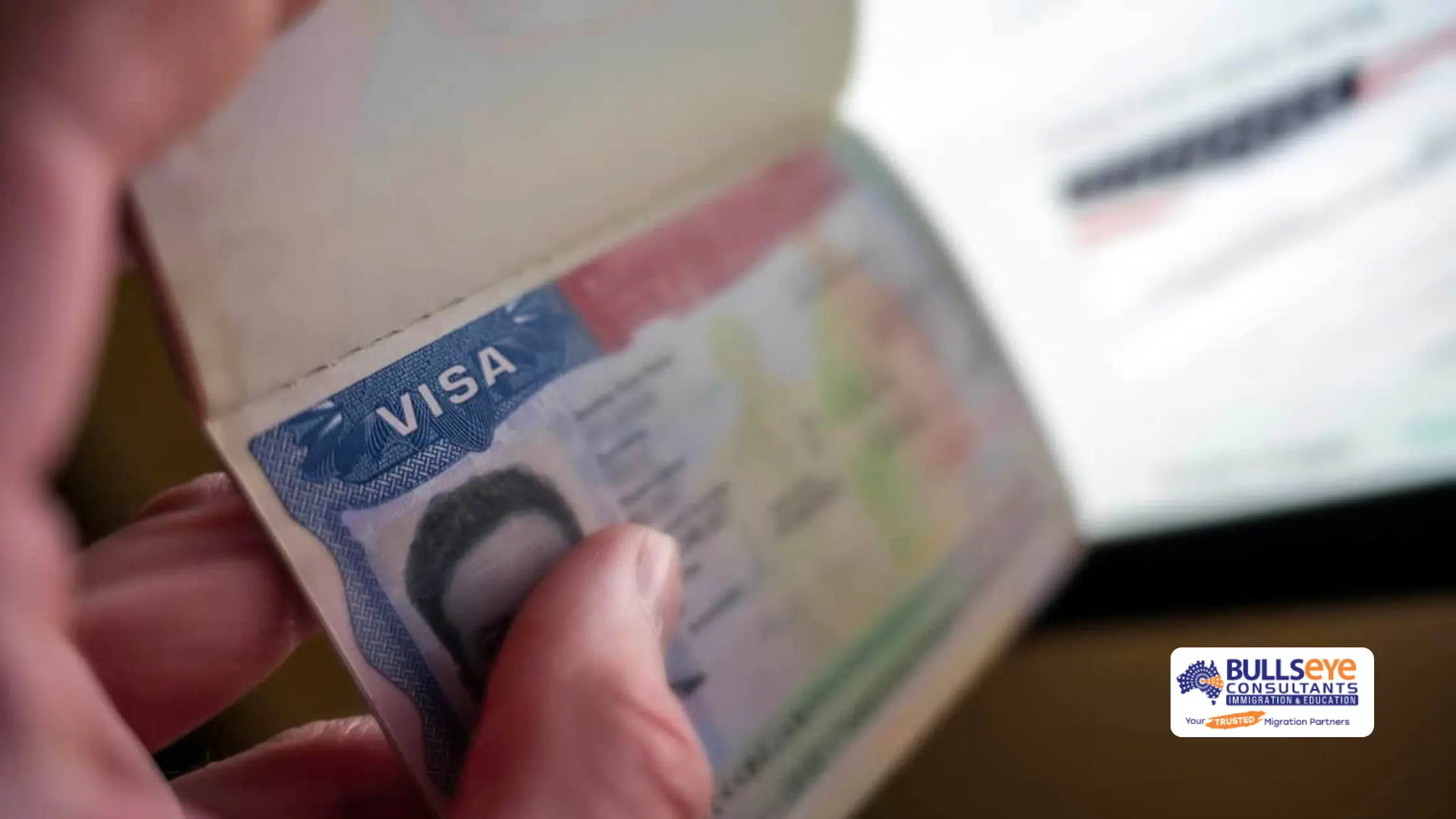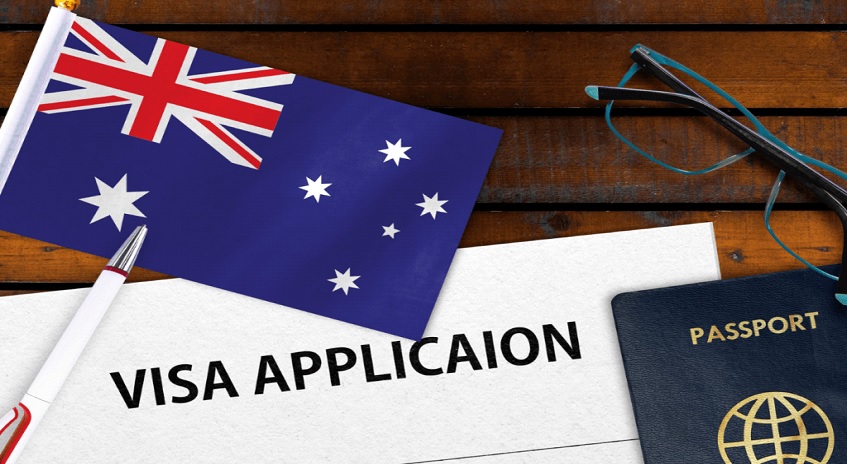New Zealand’s recent study visa reforms have captured the attention of Australia’s international education sector, sparking discussions around student visa integrity, course-hopping, and stronger immigration safeguards.
The New Zealand government has mandated that international students must apply for a fresh visa whenever they transfer between providers or downgrade their qualification level. This policy aims to curb “course-hopping” and reduce exploitation by unscrupulous education agents or sub-standard institutions.
Australian Stakeholders Support Similar Policies
Within days of the announcement, Australian educators, recruiters, and policy specialists began voicing support for similar measures. They argue that Australia’s system would benefit from policies that ensure students are genuinely progressing in their studies, while also safeguarding the sector\’s reputation.
Comments on LinkedIn advocate for reinstating visa “levels”, similar to past models in Australia, where students who switch to a lower-level qualification would need to reapply for a visa.
Why the New Rules Matter
1. Boosting Academic Quality:
Restricting free movement across courses prevents course dilution, ensuring that both students and institutions uphold academic standards.
2. Curbing Exploitation:
Unscrupulous agents and rogue colleges would find it harder to lure students into low-cost or questionable programs, thereby maintaining the integrity of student visas.
3. Building Industry Confidence:
Stricter regulations could strengthen trust among Australian universities, TAFEs, and training providers, improving the credibility of the international education system.
Push for Australia to Adopt Visa-Level Rules
Many experts believe that reintroducing visa levels and requiring students to apply for a new student visa when moving to a lower-level qualification would help curb course-jumping and enhance transparency.
“Australia should return to visa levels where changing courses, particularly when it involves moving to a lower-level qualification, would require a new visa application. This would help curb course-hopping and ensure the integrity of the student visa program. Simple solution that worked.”
Challenges and Key Considerations
International education commentator Ravi Lochan Singh noted that while New Zealand’s regulations are promising, similar changes in Australia may face structural or political hurdles.
With the 2025 tertiary intake approaching, the Australian government is considering:
- Administrative and financial impacts of visa-tier changes
- The effect on student mobility and agency-driven recruitment
- Collaboration between federal, state, and local education authorities
Looking Ahead
There is a growing consensus among Australian education sector stakeholders that more stringent visa conditions could:
- Deter short-term, low-value enrollments
- Enhance Australia’s reputation as a leading global education destination
- Set higher standards for student progression and institutional accountability
Conclusion
New Zealand’s policy shift comes at a time when global student mobility is under scrutiny, with countries tightening their immigration and education systems. Australia may soon follow New Zealand’s lead, with Victoria, Queensland, and New South Wales likely to consider similar reforms to their student visa policies.
At Bullseye, we believe that adopting stronger visa regulations will protect students, enhance the sector\’s credibility, and position Australia as a premier international education hub. If you are seeking expert advice on upcoming policy changes, consulting a trusted migration agent in Brisbane can help you navigate the evolving visa landscape.









